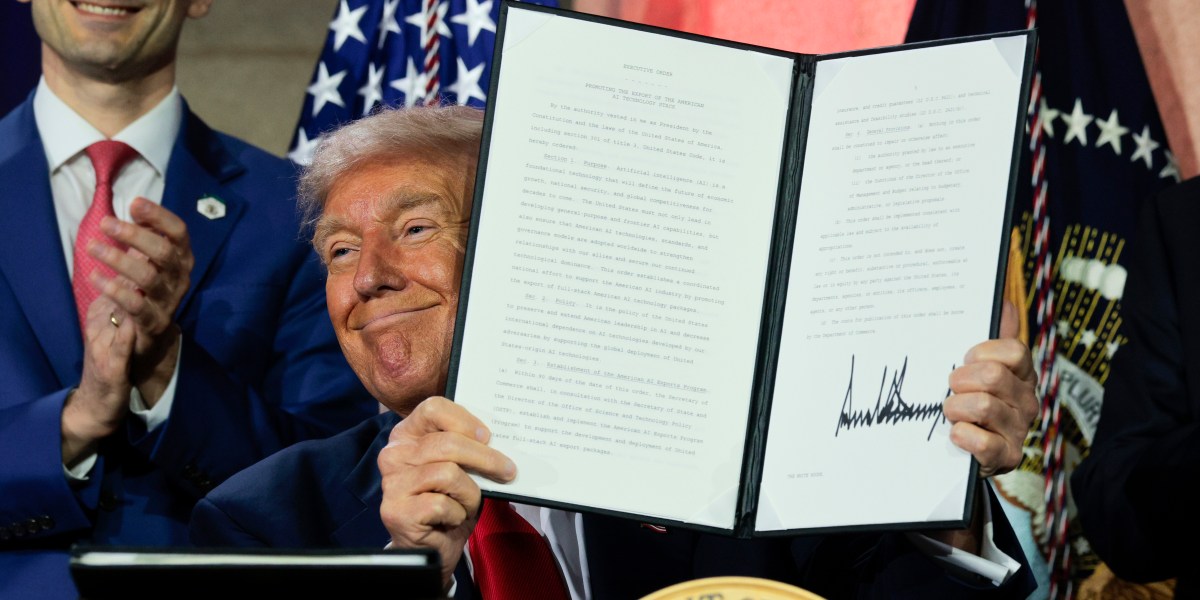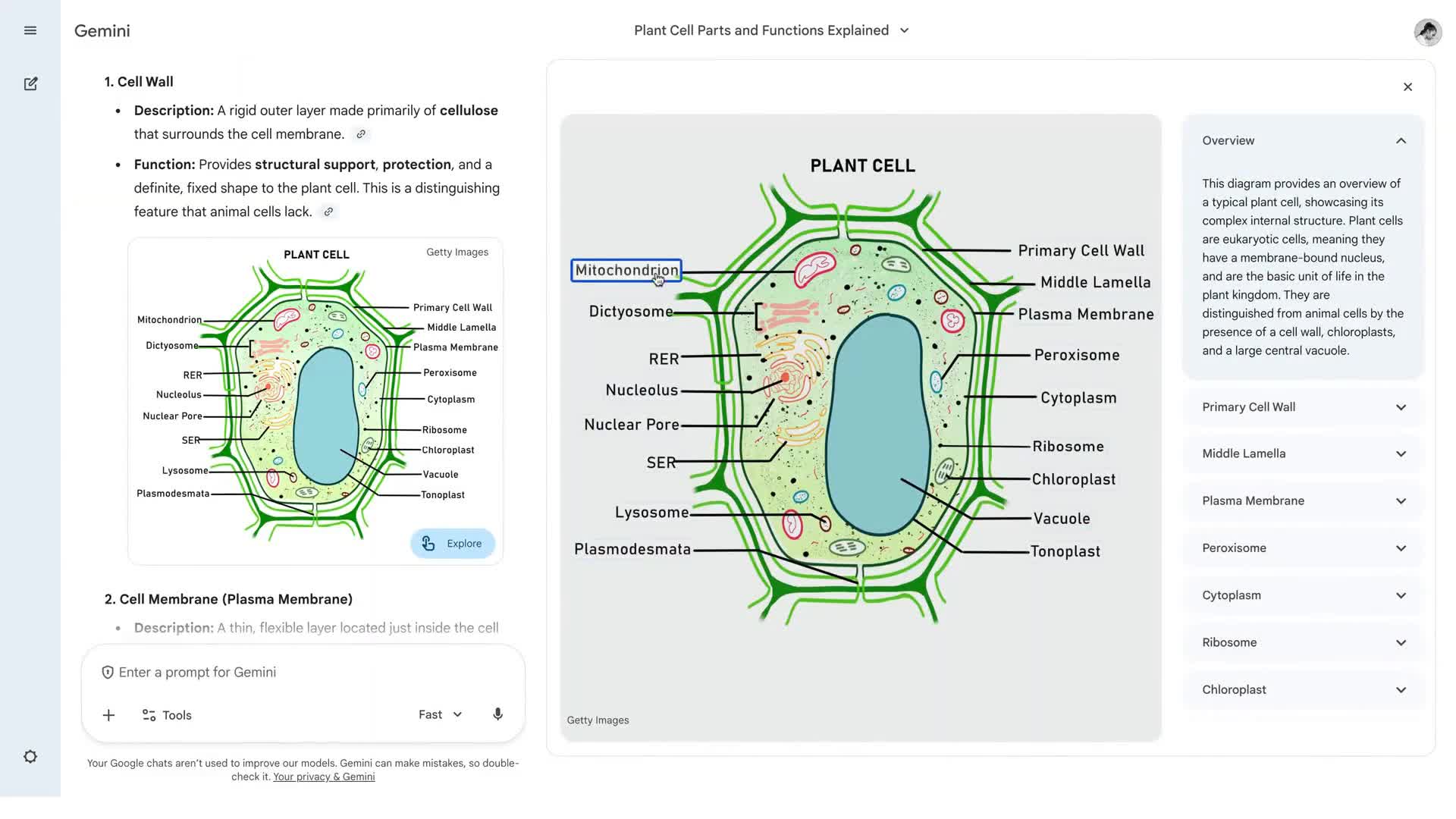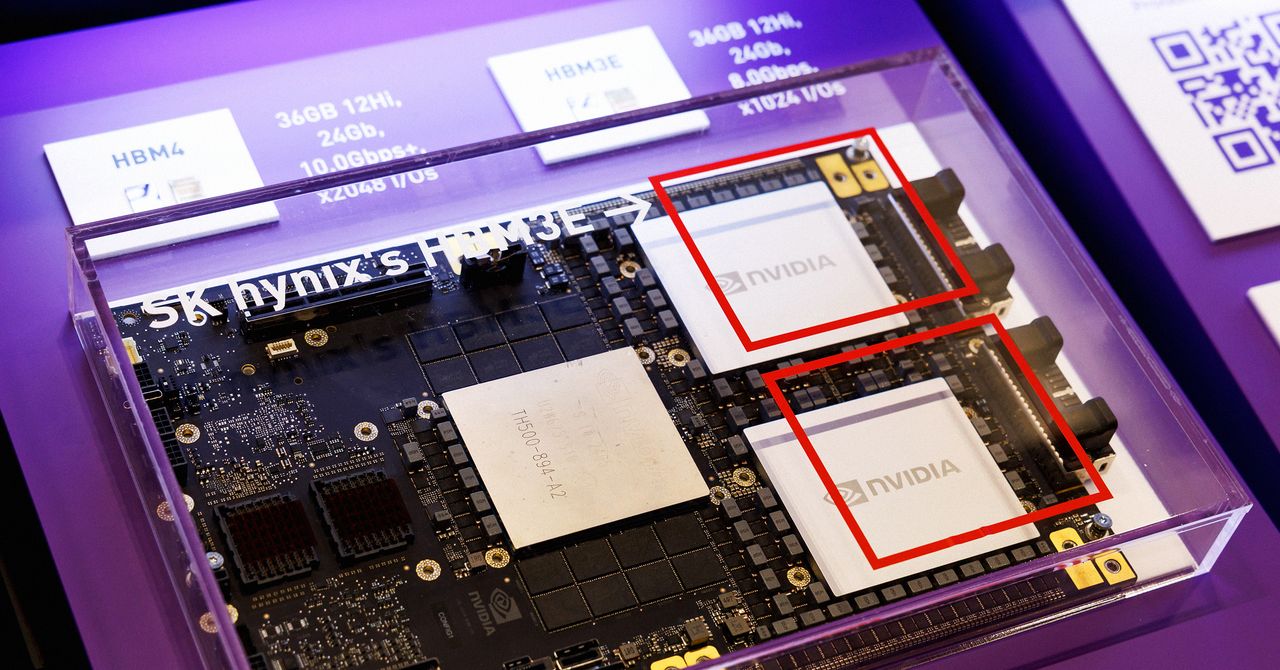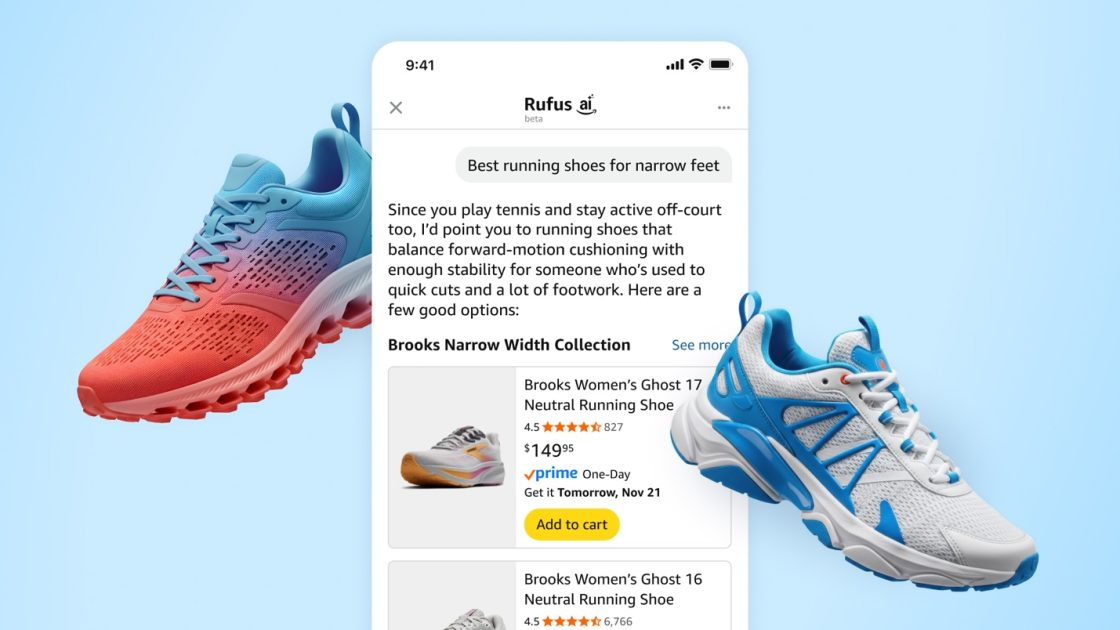The White House’s messaging on deepfakes is confused
Compared with President Biden’s executive orders on AI, the new action plan is mostly devoid of anything related to making AI safer.
However, there’s a notable exception: a section in the plan that takes on the harms posed by deepfakes. In May, Trump signed legislation to protect people from nonconsensual sexually explicit deepfakes, a growing concern for celebrities and everyday people alike as generative video gets more advanced and cheaper to use. The law had bipartisan support.
Now, the White House says it’s concerned about the issues deepfakes could pose for the legal system. For example, it says, “fake evidence could be used to attempt to deny justice to both plaintiffs and defendants.” It calls for new standards for deepfake detection and asks the Department of Justice to create rules around it. Legal experts I’ve spoken with are more concerned with a different problem: Lawyers are adopting AI models that make errors such as citing cases that don’t exist, which judges may not catch. This is not addressed in the action plan.
It’s also worth noting that just days before releasing a plan that targets “malicious deepfakes,” President Trump shared a fake AI-generated video of former president Barack Obama being arrested in the Oval Office.
Overall, the AI Action Plan affirms what President Trump and those in his orbit have long signaled: It’s the defining social and political weapon of our time. They believe that AI, if harnessed correctly, can help them win everything from culture wars to geopolitical conflicts. The right AI, they argue, will help defeat China. Government pressure on leading companies can force them to purge “woke” ideology from their models.
The plan includes crowd-pleasers—like cracking down on deepfakes—but overall, it reflects how tech giants have cozied up to the Trump administration. The fact that it contains almost no provisions challenging their power shows how their investment in this relationship is paying off.
This story originally appeared in The Algorithm, our weekly newsletter on AI. To get stories like this in your inbox first, sign up here.







